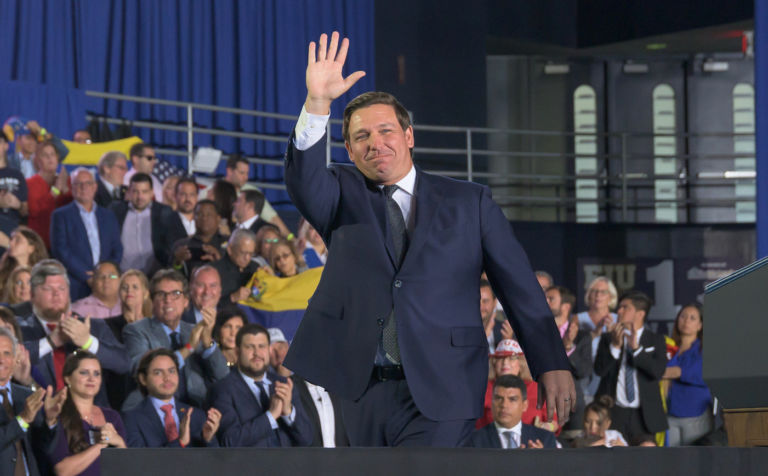“We urge you to take immediate action” reads a letter penned in February by more than 420 U.S. mayors, including 13 from North Carolina. These local leaders begged Congress to pass President Biden’s $1.9 trillion American Rescue Plan Act (ARPA) claiming, “urgent action needed”!
In March 2021, Biden signed the bill, allocating $8.85 billion to North Carolina, of which roughly $3.3 billion was slated for local governments. As a part of the plan, North Carolina’s 100 counties, 525 small towns (called Non-entitlement Units), and 26 largest municipalities have received COVID cash from the U.S. Treasury.
There are some limitations on spending for all state and local leaders. Treasury indicates recipients may use funds to support public health expenditures, address the negative health and economic impacts from COVID, replace revenue, provide premium pay for workers who took on the greatest health risks, and to invest in water, sewer, and broadband infrastructure to name a few. The funds may not be used for pensions, to offset a reduction in tax revenue, or to contribute to Rainy Day Funds, among others.
How do localities plan to spend these emergency funds?
Looking at cities, most have not spent it at all, or made the information publicly available yet. The large cities of Charlotte, Greenville, Asheville, Raleigh, Wilmington, and Greensboro have made public decisions on the funding. Of those cities, only Charlotte and Wilmington have come close to allocating the first tranche of funds (the second tranche of funds will arrive in May 2022).
This parallels the trends nationally. Examining cities in all states, only 18% of the funds had been spent by September according to The Brookings Institution.
For some, the funds may present a huge opportunity but also an administrative burden. Some small towns have rejected the cash for this reason.
Others have chosen to reject the funding on principle. One such local leader from Michigan voiced his reasoning: “our country is going $29 trillion in debt, and we wanted to do our part to say: Hey, enough’s enough.”
Unfortunately, that circumstance is rare. So for the precious few cities who have committed some of this emergency funding, how are they allocating it?
Let’s look at Raleigh which has received more than $73 million from ARPA. While some initiatives are amiable – $200,000 to fund a grant pool where small businesses may apply for financial aid, for example – others are worrisome. Raleigh plans to spend $250,000 on a new ice rink for the downtown, $400,000 for light and sound improvements downtown, $230,000 for an economic development study, and another $230,000 to hire two, temporary staff members to manage the compliance reports for the federal grant process. Of course, an ice skating rink sounds like a nice attraction for families, but it’s difficult to claim it is a vital tool in combatting the effects of a pandemic. It is curious that this would be among the first purposes for COVID emergency funds. Moreover, economic development studies are a scam cottage industry lacking true economic analysis, used by governments to provide justification for crony expenditures.
Greenville plans to spend $22.6 million of its $24.7 billion ARPA funds on enhancing the city’s entertainment and recreation activities. Ten million of that is dedicated to improving the Guy Smith Stadium.
Greensboro and others are asking for public comments on how to spend ARPA funds.
All of the above indicate a lack of emergency. Let’s hope the folks who are waiting to release their ARPA plans are not so frivolous.


